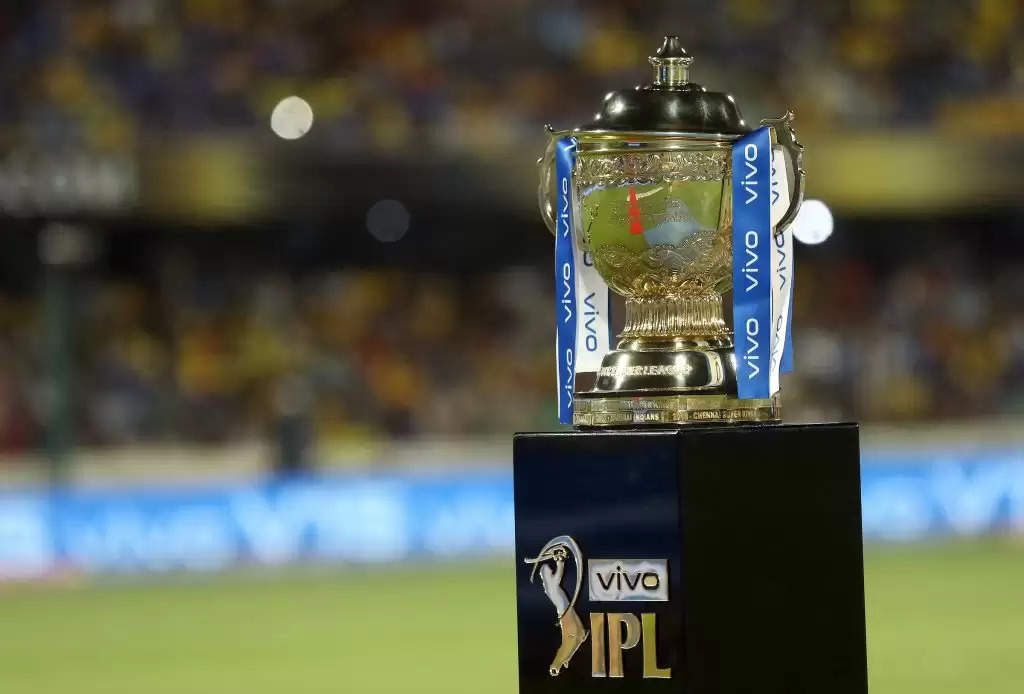IPL 2021: Why Have Teams Chosen To Bowl First At Chepauk?

Not even a week into the 14th edition of the Indian Premier League (IPL), one thing is pretty well known: batting second on the slow and abrasive track at Chepauk has only gotten harder.
The black soil surfaces used at one of India’s iconic venues have been spinner’s paradise, offering the tweakers grip and turn off a length besides keeping low and making it difficult for the batters to negotiate them.
With the Chennai Super Kings (CSK) playing all their matches at neutral grounds, it was thought that Chepauk may just play truer this IPL season and allow batters to flourish.
But no, teams have struggled to get scores in excess of 160 at Chepauk so far.

After a freakish innings from AB de Villiers bailed out Royal Challengers Bangalore (RCB) versus Mumbai Indians (MI), three of the four matches played at Chepauk in IPL 2021 have seen the team batting first winning and winning comfortably.
The tilt in favour of the team batting first at Chepauk makes sense, given the overall conditions. Yet, on all four occasions, interestingly, the captain winning the toss has chosen to bowl first, relying heavily on the usual tactic in T20 to set up the game with the ball and have a specific target in mind for the second half.
Also Read: IPL 2021: WATCH ; Glenn Maxwell’s Measured Fifty Keeps RCB In The Hunt Against SRH
Why Have Teams Chosen To Bowl First At Chepauk?
While the idea behind chasing in T20 cricket has always been strong – it helps teams pace their innings correctly, identify the right approach for the task ahead – the conditions at Chepauk should start putting in a seed of doubt in minds of the batting teams as, unlike most venues, they can’t bank on the one down south of India to stay true for the entire game.
What also prompts teams to chase in T20 cricket is that most games are played in the night, with the dew falling on the outfield and making it tougher for the bowlers, spinners in particular, to grip the ball and execute their plans. But there hasn’t been much dew seen at Chepauk. If there has been some, it has been mostly nullified by the amount of help from the track. It’s another area where teams must show more flexibility at Chepauk: Play for the surface. Not the dew.
The latest fixture in IPL 2021 was a fine example of how the ground at Chepauk is playing host to a different kind of surface, for which teams must be more adaptable. Both in terms of the skill and their planning.
Sunrisers Hyderabad (SRH) won the toss and asked RCB to bat first despite the surface clearing suggesting the need for the contrary. The RCB batting unit did also bat as if they’ve misjudged the track and are batting for a more flatter track somewhere else. They looked under pressure to try and out-bat the opposition from the game. RCB tried to overachieve with the bat but eventually had to settle with a score of 149/8.
SRH, when their turn to bat came, batted with the usually seen tempo in run-chases from T20 teams, setting up a foundation for potential acceleration later in the innings with wickets in hand. Things went according to the plan for about 15 overs, before their innings, like it did for KKR versus MI in the previous match at Chepauk, fizzled out and they conceded the match by 6 runs.
SRH lost their last six wickets post the 15th-over mark. RCB had lost four of their eight within the last five overs as well. It’s been a trend at Chepauk, where teams have lost a flurry of wickets – 38 in total in four games of IPL 2021 so far – post the 15th-over mark.
The trend only makes cricketing sense as batsmen have seen troubles accentuate for them in the back half of the innings where Chepauk’s slow, low tracks have been the worst for ball-striking. Failing to connect their intended big shots, many batters have gotten out near the boundary ropes.
‘Chepauk’ is a challenge demanding teams to shift from their usual method of operation. The ground might be encouraging more of an attritional style of play than the usual slam-bang stuff. But it’s alright, sometimes, for even T20 cricket to be like that. It’s cricket at the end of the day. And it’s meant to be tough.

